Designed to securely hold a loaded barbell at a specific height, squat racks allow users to perform squats and various other lower-body exercises safely and effectively.

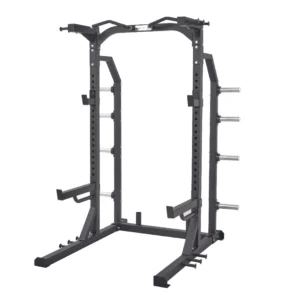
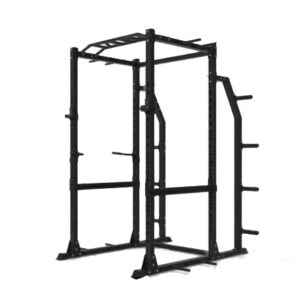
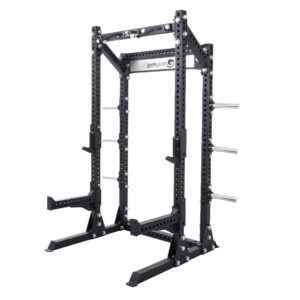
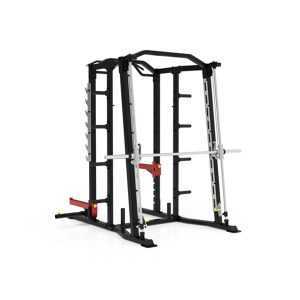

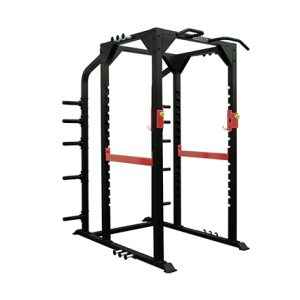
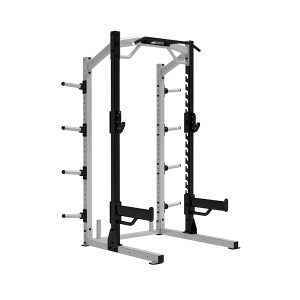

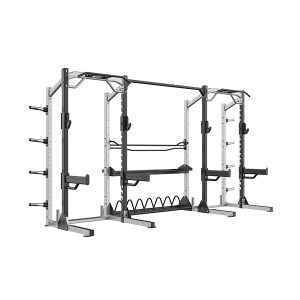
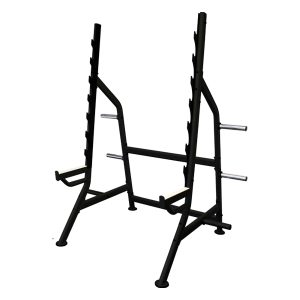
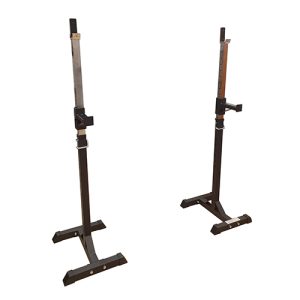
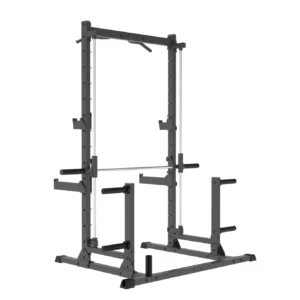

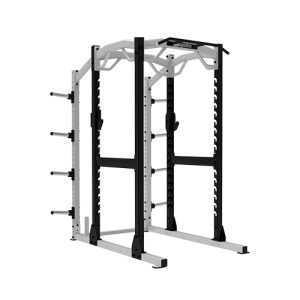
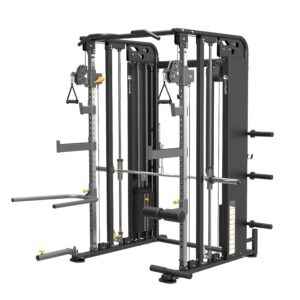


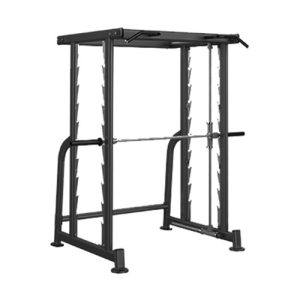
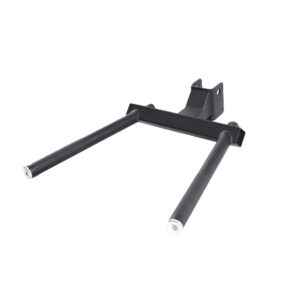
Squat racks are a must-have piece of weightlifting equipment for anyone serious about building strength and improving fitness. Designed to securely hold a loaded barbell at a specific height, squat racks allow users to perform squats and various other lower-body exercises safely and effectively. Featuring a sturdy metal frame and adjustable J-hooks or safety arms, squat racks are versatile tools that support proper form, reduce the risk of injury, and help maximize strength gains.
The J-hooks are designed to hold the barbell during exercises, while the safety arms are positioned slightly lower to catch the bar if the lifter cannot complete the rep. This safety feature makes squat racks an essential tool in any gym, from home setups to large commercial fitness centers.
When shopping for squat racks, it’s important to know the different types available:
Squat racks are vital for those looking to build lower body strength, improve overall fitness, and reduce the risk of injury. Squats, in particular, are a compound exercise that engages multiple muscle groups, including the quadriceps, hamstrings, glutes, and core. By using a squat rack, athletes can safely perform squats with proper form, which is crucial for maximizing the benefits of the exercise while preventing injury.
When selecting a squat rack, there are several factors to consider to ensure you get the best option for your needs:
What types of exercises can be performed on a squat rack?
In addition to squats, squat racks can be used for lunges, step-ups, calf raises, and more. Power racks, in particular, allow for a wide variety of upper body and lower body exercises.
How do I choose the right squat rack for my needs?
Consider weight capacity, adjustability, stability, and your available space. Make sure to choose a squat rack that fits your budget and long-term fitness goals.
Is it necessary to use a spotter when using a squat rack?
While having a spotter adds an extra layer of safety, most well-designed squat racks come equipped with safety arms that provide adequate support during heavy lifts. Properly using these features can ensure safe, independent lifting.
Squat Rack Safety: Tips for Using This Essential Gym Equipment
Squat & Power Racks: Set Up, How to Use Them, and How They Can Benefit Your Fitness

82 Roman Way Industrial Estate
Preston
PR2 5BE
United Kingdom
Registration Number: 3349377
VAT Number: 628894877